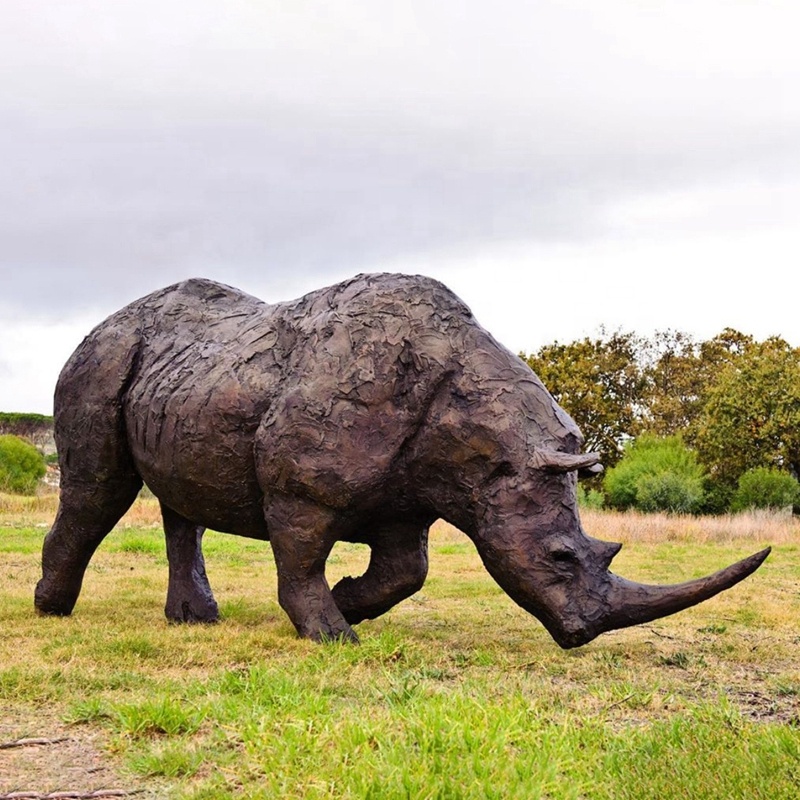

In 1893, Pullman commissioned this sculpture, titled “Fort Dearborn Massacre,” to commemorate the event. government for control of Indian Country. The battle, which left more than 65 dead, was part of an ongoing war between Native American tribes, their British allies and the U.S. Industrialist George Pullman lived near the site of an 1812 battle between the Potawatomi Indians and U.S. Fort Dearborn Massacre monumentĬurrent location: City of Chicago storage In 2007, the statue was placed outside of the Chicago Police Department Headquarters building, where it can now be seen from the sidewalk. It’s about erasing labor history,” he says. Nicolas Lampert, author of A People’s Art History of the United States, says the placement was a testament to the public’s attitude toward the statue - and also a sign that the city was failing to fully grapple with its past. In 1976, the statue was moved to the Chicago Police Academy building, where visitors needed a staff escort to view it for several decades. Daley ordered the monument rebuilt both times, and even placed the statue under 24-hour surveillance at taxpayer expense. “This is another phase of our revolution to overthrow our racist and fascist society,” said an anonymous caller to the Chicago Tribune who took credit for the explosions. 6, 1969 - and then again in 1970 - members of the radical leftist group the Weather Underground used dynamite to blow the legs off of the statue. While accounts differ as to whether this was an accident or an act of protest, the city, not willing to risk a repeat incident, moved it to a new location and out of the path of rogue streetcars.īut the vandalism continued.
Chicago rhinoceros statues driver#
The monument stood just down the street from the site of the riot until May of 1927, when a streetcar driver veered off of his track and plowed down the sculpture. To others, however, it was a case of the powerful using force to oppress the working class. To the monument’s funders, the riot demonstrated the crucial role of police in keeping the peace.
Chicago rhinoceros statues trial#
The resulting trial led to eight labor organizers being sentenced to death in a trial that was criticized for being fueled by dubious evidence and xenophobia.

Police officers and civilians were killed when somebody threw a bomb and the police opened fire. This monument was commissioned by a group of business and civic leaders to memorialize the police officers involved in the Haymarket Riot, a deadly clash between police and labor organizers pushing for better work conditions in May of 1886.


 0 kommentar(er)
0 kommentar(er)
